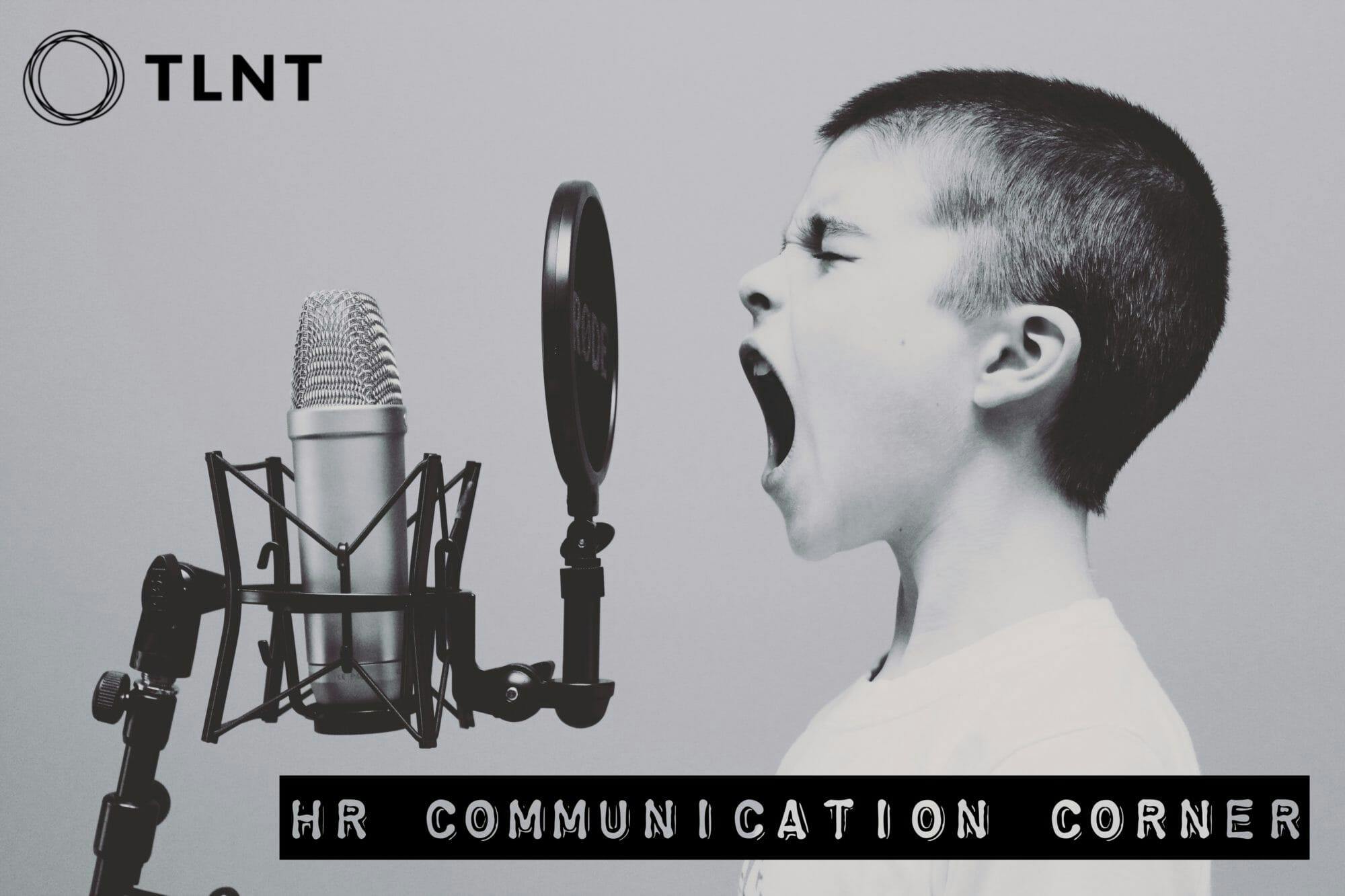We’ve just come through a political season where we heard (or saw?) speakers reading their scripts — during the conventions, during Supreme Court confirmation hearings, during press briefings. Deadly. And the same happens in the marketplace.
Here are a few presenters in the business world who often read their presentations, along with their arguments for why they do it:
- Financial people: “Too many numbers to remember, and I want to be accurate.”
- Scientists: “It’s a technical paper. I don’t want to be misquoted.”
- Doctors representing pharmaceutical firms: “Everything I say must be in writing; I’m legally required to read it. It’s official.”
- HR folks: “I get nervous when I’m talking to the executive team.”
Why Reading Your Presentation From a Script or From Slides Rarely Works Well
Sure, each explanation may hold true for one brief sentence or paragraph for accuracy sake — but none is a reason to read an entire presentation from a script, or from your slides. In fact, it’s deadly! Here’s why:
Loss of Eye Contact With Your Audience
No matter how much you’ve practiced your upward glances, you’ll be tempted to read more and more the further you get into the presentation. You lose the reciprocity of the situation. When you speak to an audience eye to eye, you have their attention because they have yours. But when you stare at the script or slides, they’re tempted to reciprocate by looking at their cell phone or notes, or scanning the room.
Loss of Genuineness and Sincerity
When reading, you have a different cadence than when speaking spontaneously in a conversation. Actors practice their lines from movie scripts so they sound real. Business professionals rarely have that talent — or time.
And the more you read, the less you look your listeners in the eye. When you don’t look your group members in the face, you lose one of your strongest rapport-builders and credibility. Imagine if Don Juan, in wooing his foreign sweetheart, pulled a scrap of paper from his pocket or held up his iPad and read, “I love you for your beauty, your warmth, your charm, and your thoughtfulness.”
If speaking to people who know you well, they’ll contrast the way you usually talk in conversation with your stilted “presentation style” and be distracted by the disparity between the two.
Your listeners may even wonder if your words and your slides are really yours or if a colleague drafted your script or created the slides for you. And if so, should they give you credit for the presentation’s information and impact?
And to add an irony: When you think to add an impromptu comment or two (going off script), you often struggle to find your place again in the script or slide. So in effect, your spontaneous comment calls even more attention to the disconnection between what you say “unofficially” and what you read.
Contrived Gestures
To be effective, your facial expression and gestures should come from your gut. Reading from your slides or from your device or from a piece of paper stifles that unconscious signal to gesture appropriately. As a result, your facial expression and gestures seem out of sync. It’s like watching a technical glitch on TV when the audio gets out of sync with the video.
No Flexibility in Movement
If you’re standing behind a lectern or must stand in a specific spot so you can see the slides from a certain angle, you forfeit your freedom to move to pick up a prop, do a demo, walk closer to your audience.
Granted, reading from a teleprompter may help some presenters — but not often. First, most business professionals don’t take the time to set up and load a teleprompter (even those available on cell phone, iPad, or laptop). And second, most people read from a teleprompter as badly as they read from paper or slides.
So don’t do it. Better to say what you have to say!
